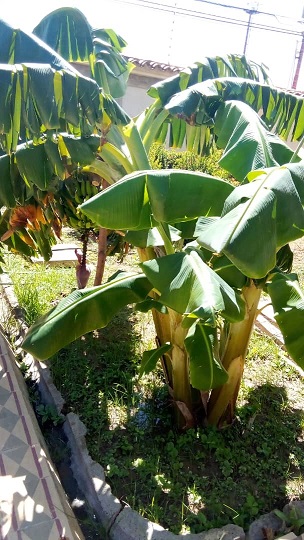
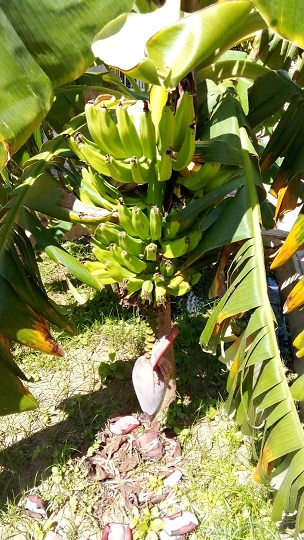
Source: @tomaspalomo
When a friend gave me some Musa Paradisiaca plants the first difficult decision was where to place them, I live in the city, but with the advantage that my house has a number of meters of yard land. In this case, what I did was to make a not very deep hole of only about 20cm deep to place the plants that had a good size and developed roots. In my case, when the house was built the spaces that were left in the ground were contaminated with cement and in some cases I have to remove pieces of cement and prepare the soil well with compost before planting a new plant.
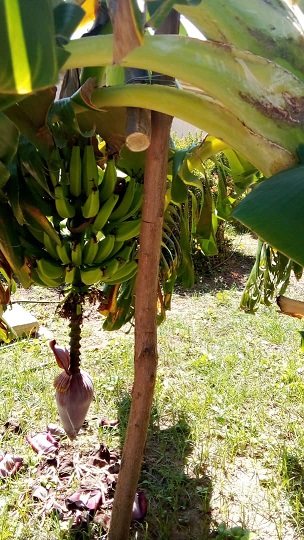
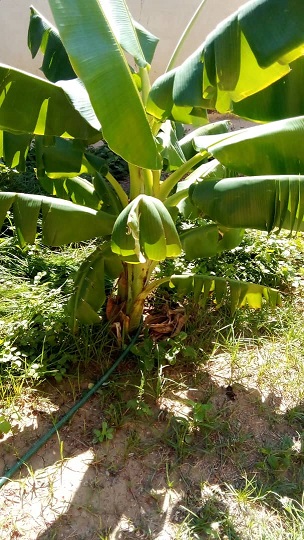
Source: @tomaspalomo
My mole plants began to grow healthy and strong, they have a good location near the water intake which allows me to water them every other day, where we live the water service is quite irregular and therefore we have water tanks, some that we use for irrigation and others for home consumption. Therefore, we place the plants that need the most water near the water tanks to take advantage of those days when they can be watered without the need of the tank.
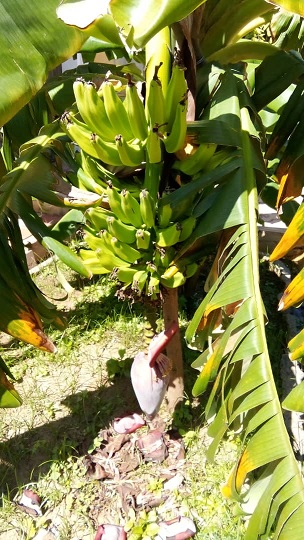
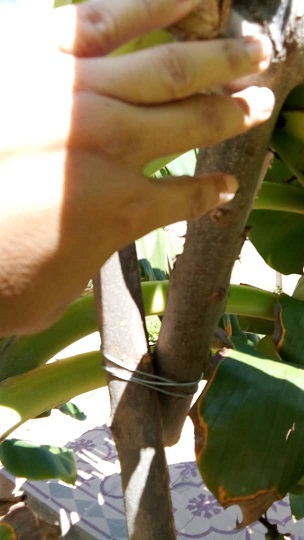
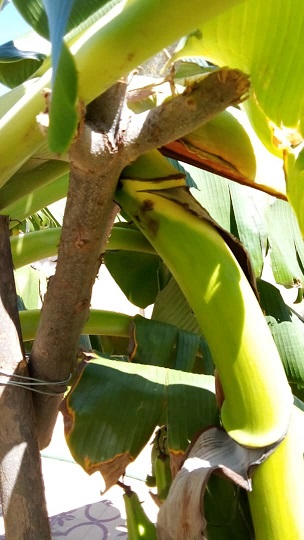
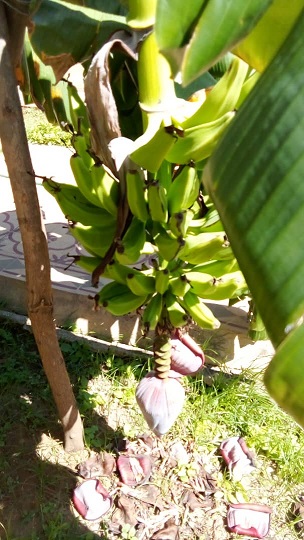
Source: @tomaspalomo
Already the first of the plants began to bear fruit has a huge cluster of topochos to which I had to place a support so that the plant does not break as such because the weight is too much for the Musa that does not have a strong stem, that is why it is recommended to place a support at the base of the cluster, not on the stem of the plant, but where the cluster begins to hold it and prevent the whole plant from falling.
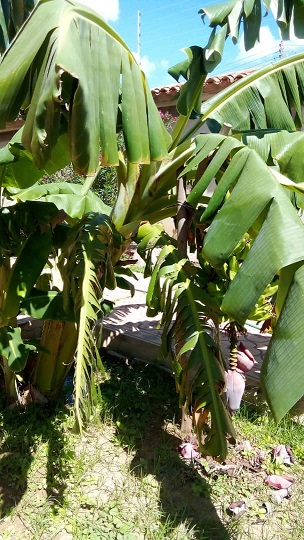

Source: @tomaspalomo
We are already very excited at home with this bunch that will surely be the first of many that we will have, I am told that it takes from birth about three months to be ready for consumption, but I think this has developed very fast, in fact the plants are already about 6 months old and this is the largest is already a little over two months since the fruit began to come out. The topocho has many properties and its consumption can be done either being green or ripe, it has a lot of nutrients, including micronutrients such as vitamins and minerals, antioxidant and diuretic properties are attributed to it. Soon we will be enjoying our topochos. Thank you for reading and supporting us.
How silly of me! I started readig your post and I wasn't familiar with the name 'musa paradiatica' and thought I would google before reading further. Of course, it's a banana! One of biggest food crops in the world! Suepr cool. And topocho is a type of plantain.
Thankyou for your entry in the Garden Journal challenge!
HIVE GARDEN COMMUNITYYou've been curated by @gardenhive on behalf of the ! We support gardening, homesteading, cannabis growers, permaculture and other garden related content. Delegations to the curation account, @gardenhive, are welcome!
I love banana plants. In my hometown, almost every family will have one because as you metioned it is handy to have you can eat green or ripe. If we want to cook a dish with green bananas, we just head to our garden and get some. We also eat the small banana plants as well as the flowers as well. They are so yum with unique flavour.